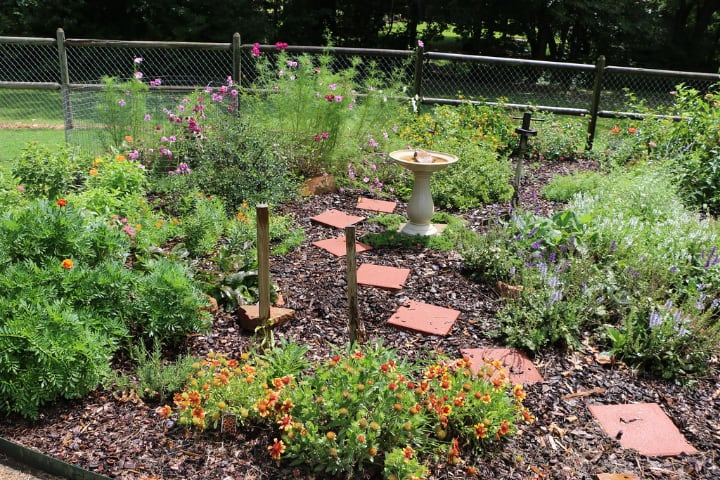


Female squash bees provision their young with squash pollen in nesting tunnels they excavate in the ground. They co-evolved with the wild squash and gourd plants in North America and are dependent on the pollen of these plants as a critical food source for their larvae. Native squash bees are plant specialists. Some Bees Require Specific Kinds of Flowers There are also seven yellow-faced bee species native to Hawaii that have been listed as endangered. Once an important pollinator of wild plants as well as crops including plums, apples, and alfalfa, the loss of the rusty-patched bumble bee over an estimated 87 percent of its range is a red flag that bee decline is a serious problem. The primary threats to this species include habitat loss, pesticides, invasive species, and non-native pathogens. The rusty-patched bumble bee was once common across much of the Midwest and Northeast but has faced such steep population declines in recent years that it was officially listed as endangered under the U.S. These ground-nesting bees were named because they do indeed like to drink our sweat, which contains salt and other minerals. Many sweat bee species are metallic green, some with stripes and some solidly green. They come in colors that range from green to blue to black to red to copper, or combinations of colors.

In fact, many native bees sport shiny, metallic exoskeletons and don’t look like the traditional image of a “bee” that we were taught as children. Not all bees are black and yellow or have stripes. You can also put up “ bee houses” filled with replaceable nesting tubes that provide places for native bees to reproduce. Leave patches of bare soil in your garden for ground-nesting bees, leave plant stems standing through the winter and keep dead trees or fallen logs. Providing nesting places for native bees is as important as providing native plants to supply them with pollen and nectar. The other thirty percent of solitary bees use hollowed-out plant stems or tunnels in dead trees or fallen logs as egg-laying places. Seventy percent of our native solitary nesting bees use tunnels in the ground to lay their eggs. Like honeybees, many native bee species are also facing steep population declines and need our help. In North America, however, there are over 4,000 wild native bee species that provide equally important pollination services in natural ecosystems as well as in agriculture and most are far less well-known or as well-studied as honeybees. They are a domesticated species, originally imported from Europe, that exist primarily in managed hives.

They provide important agricultural pollination services.īut you might not know that in North America, honeybees are not considered wildlife. The honeybee ( Apis mellifera) is the iconic bee species that has become the face of the pollinator decline crisis. And then find native plants that will specifically support our native bees near you directly from our Native Plant Collection. But how much do you really know about them? Read on for fascinating facts about these busy creatures. Bees are among our most important pollinators.


 0 kommentar(er)
0 kommentar(er)
